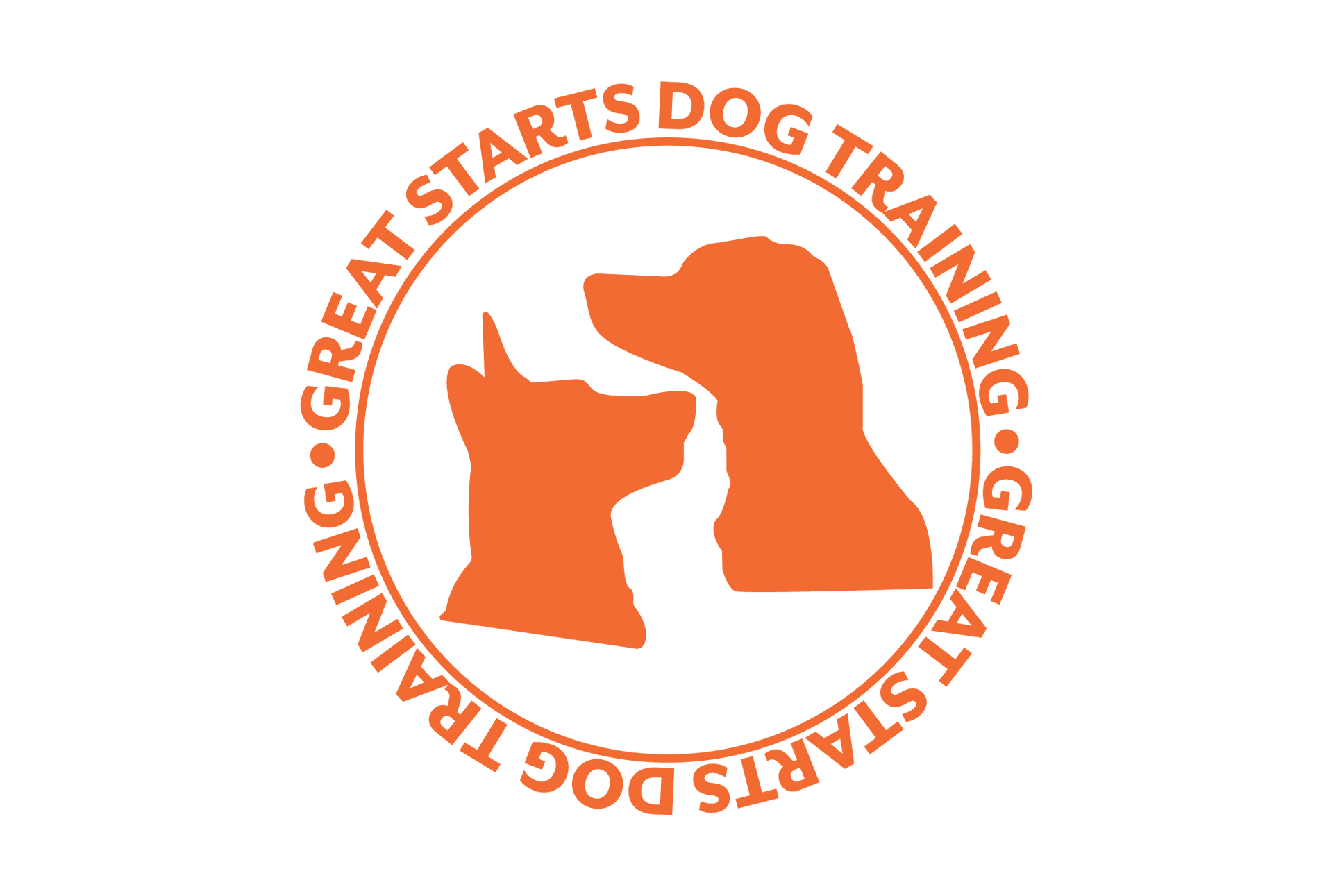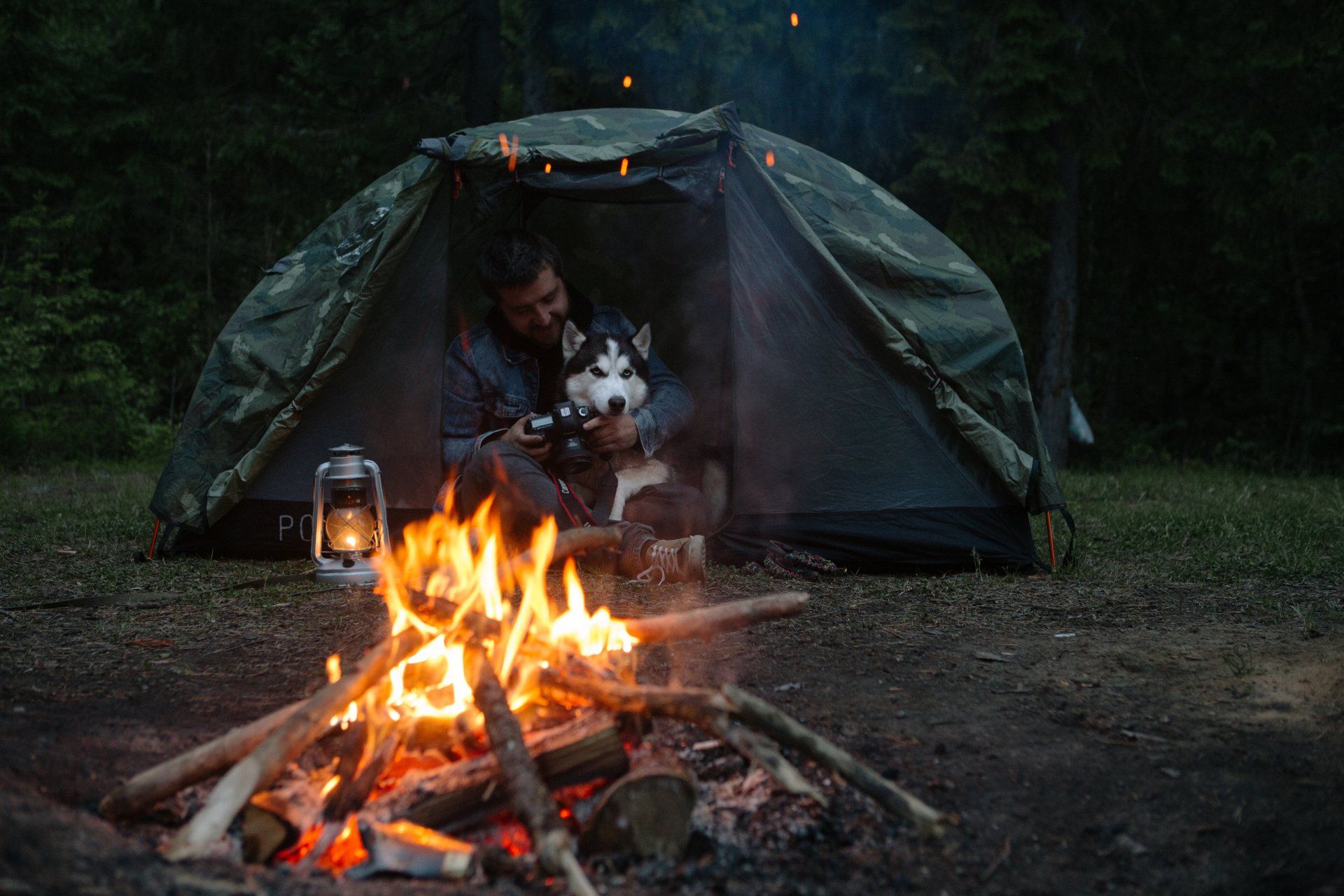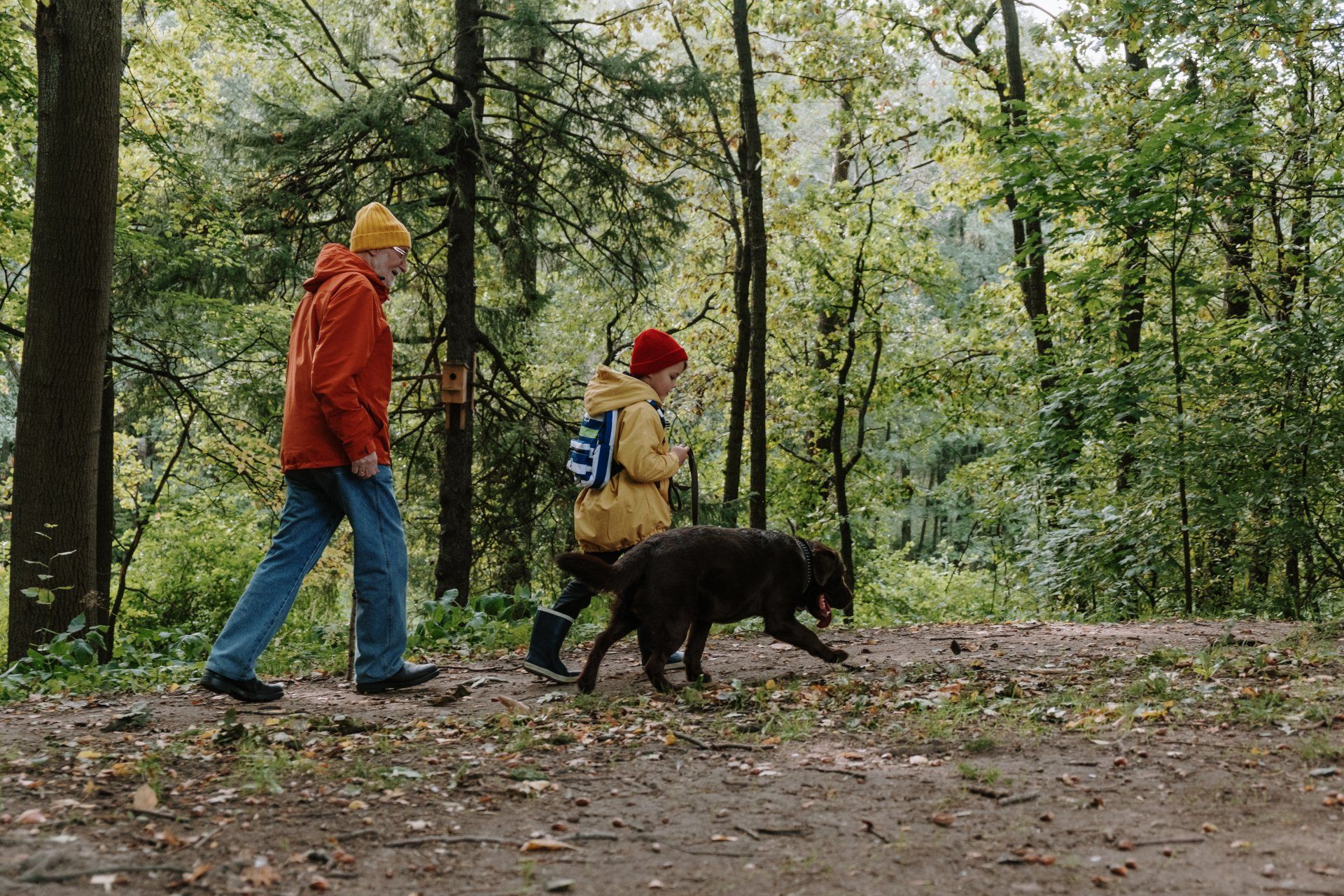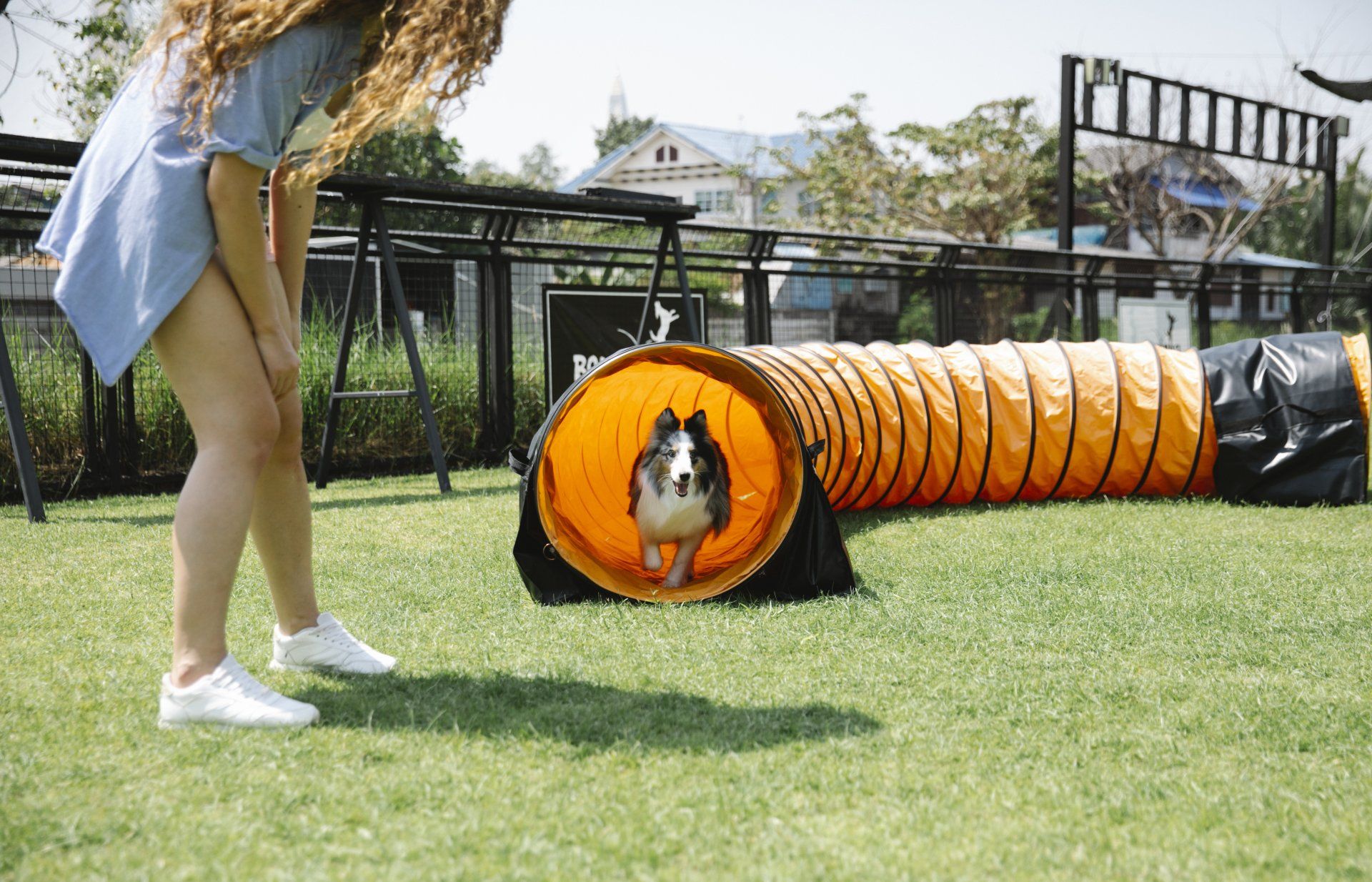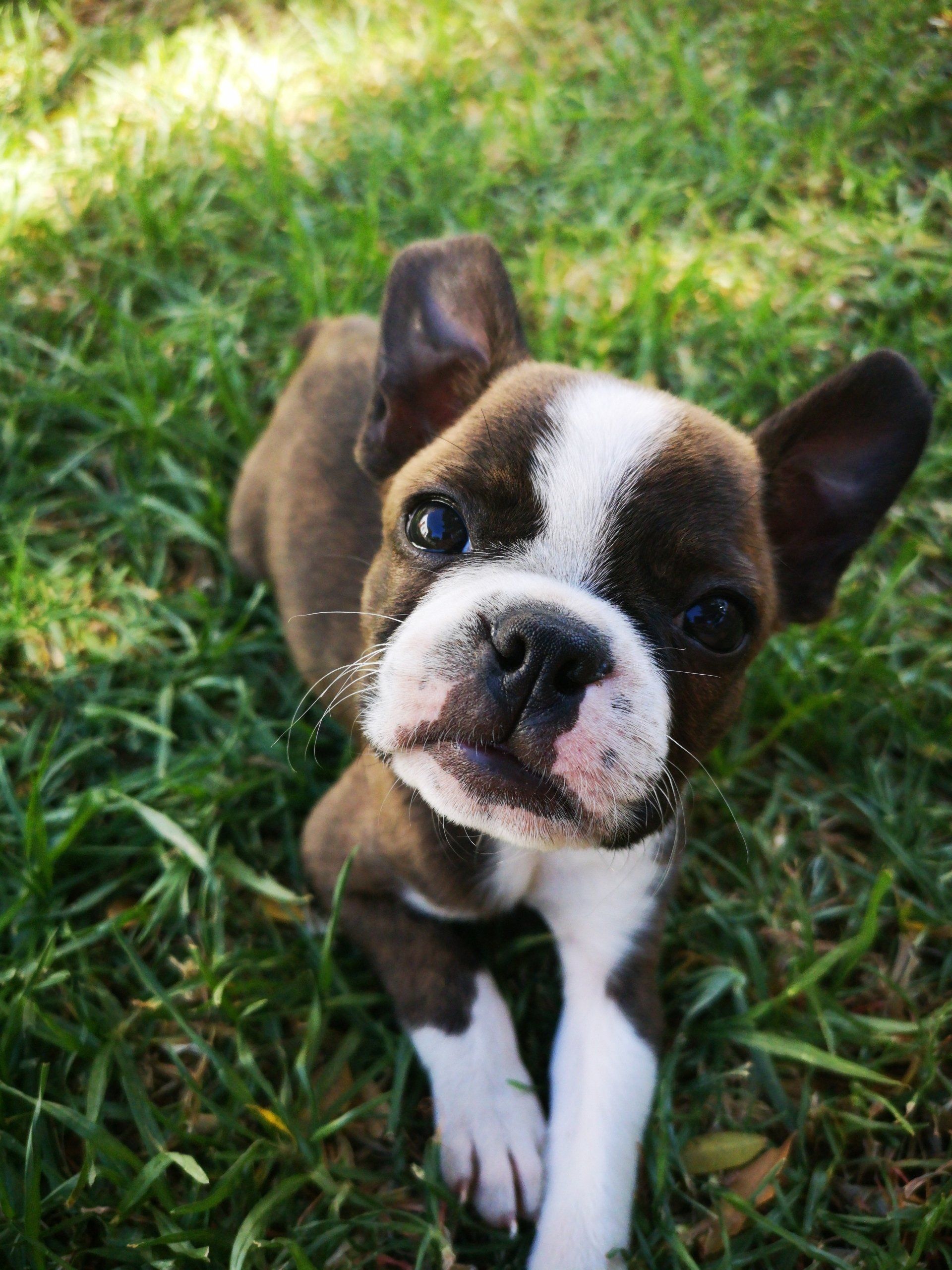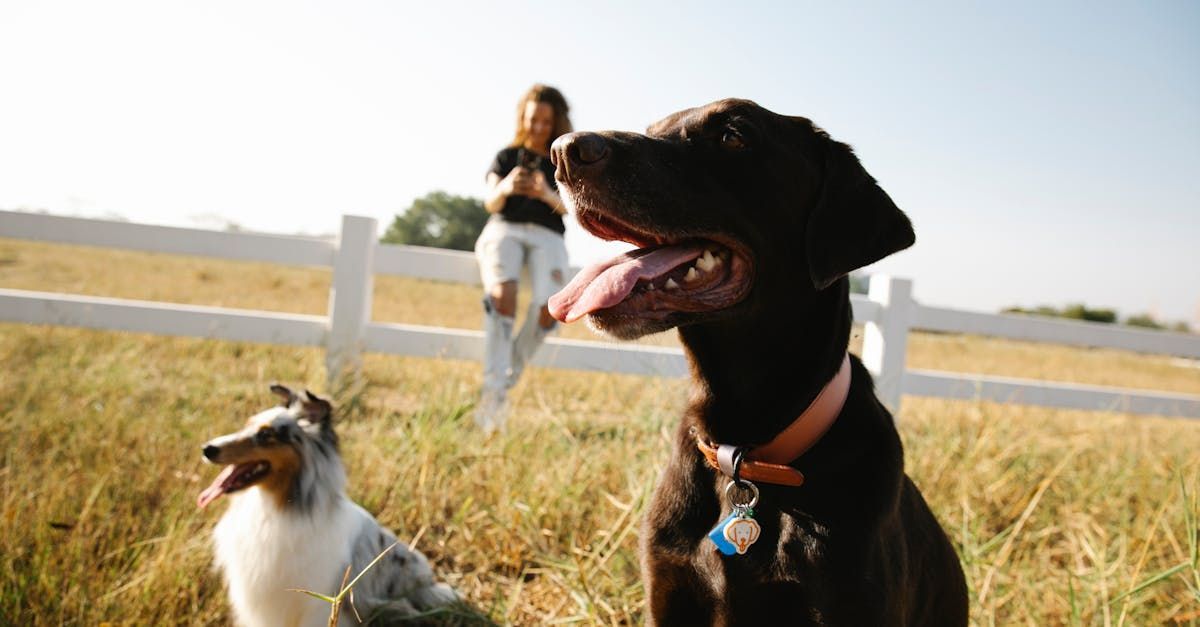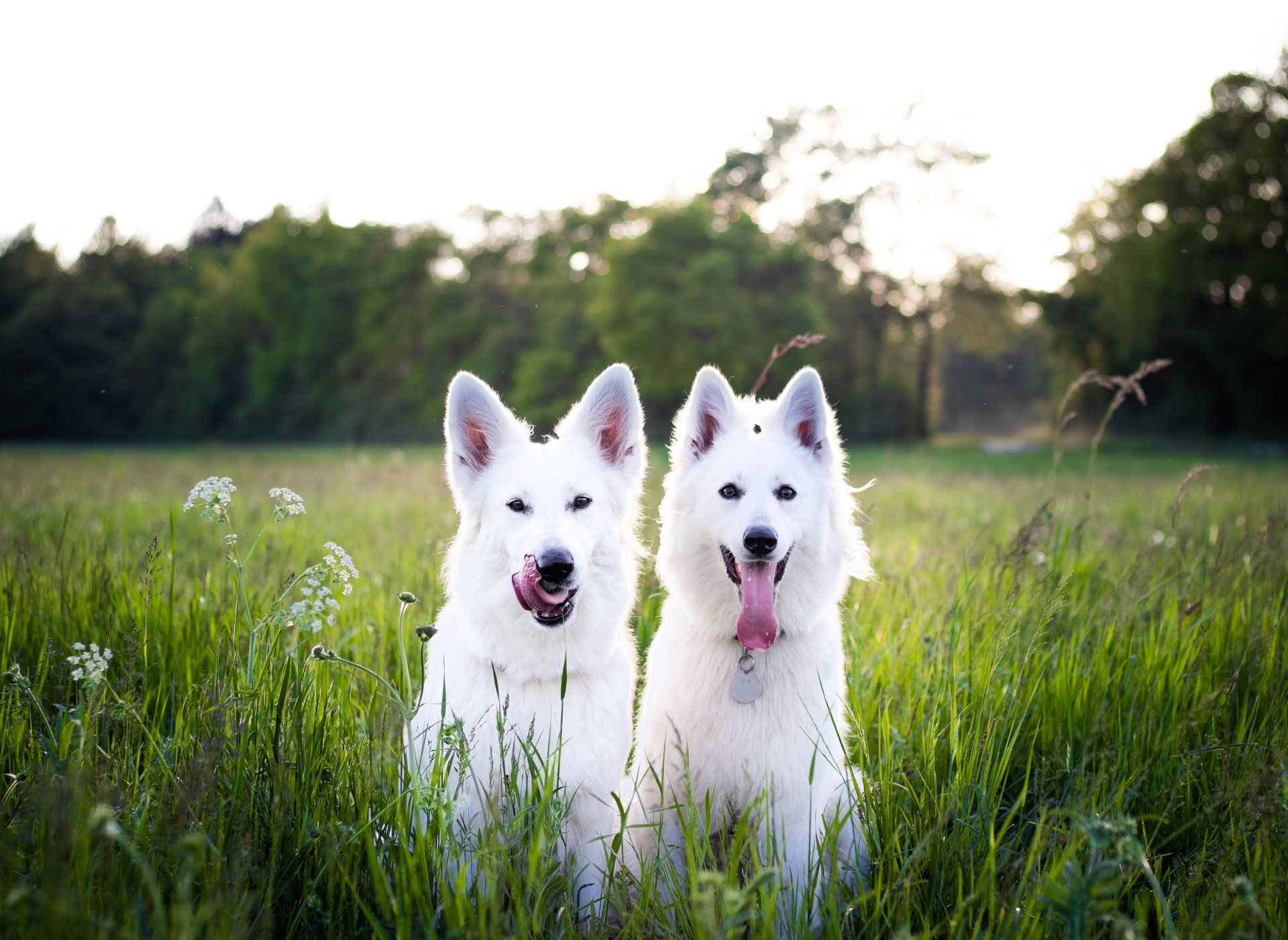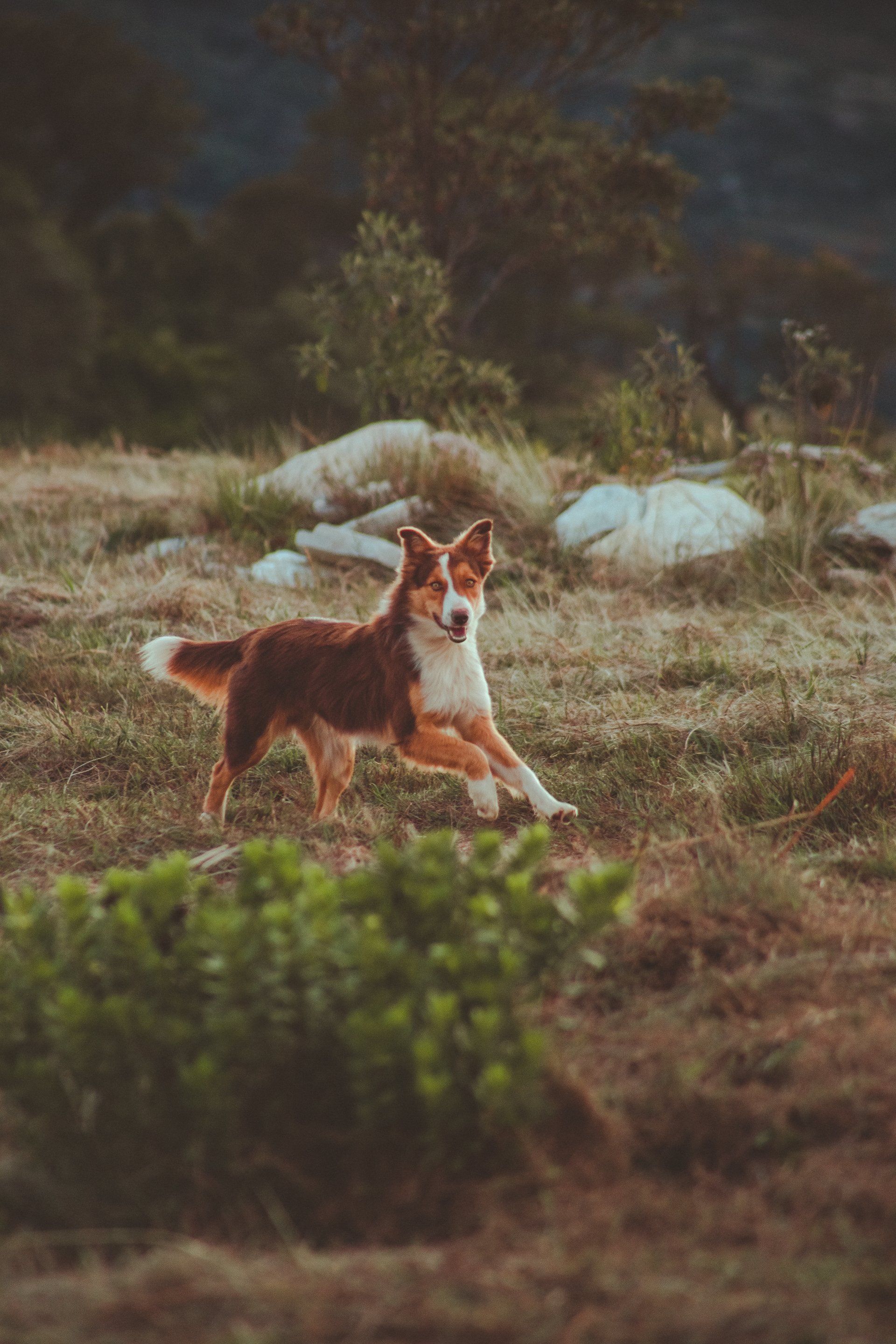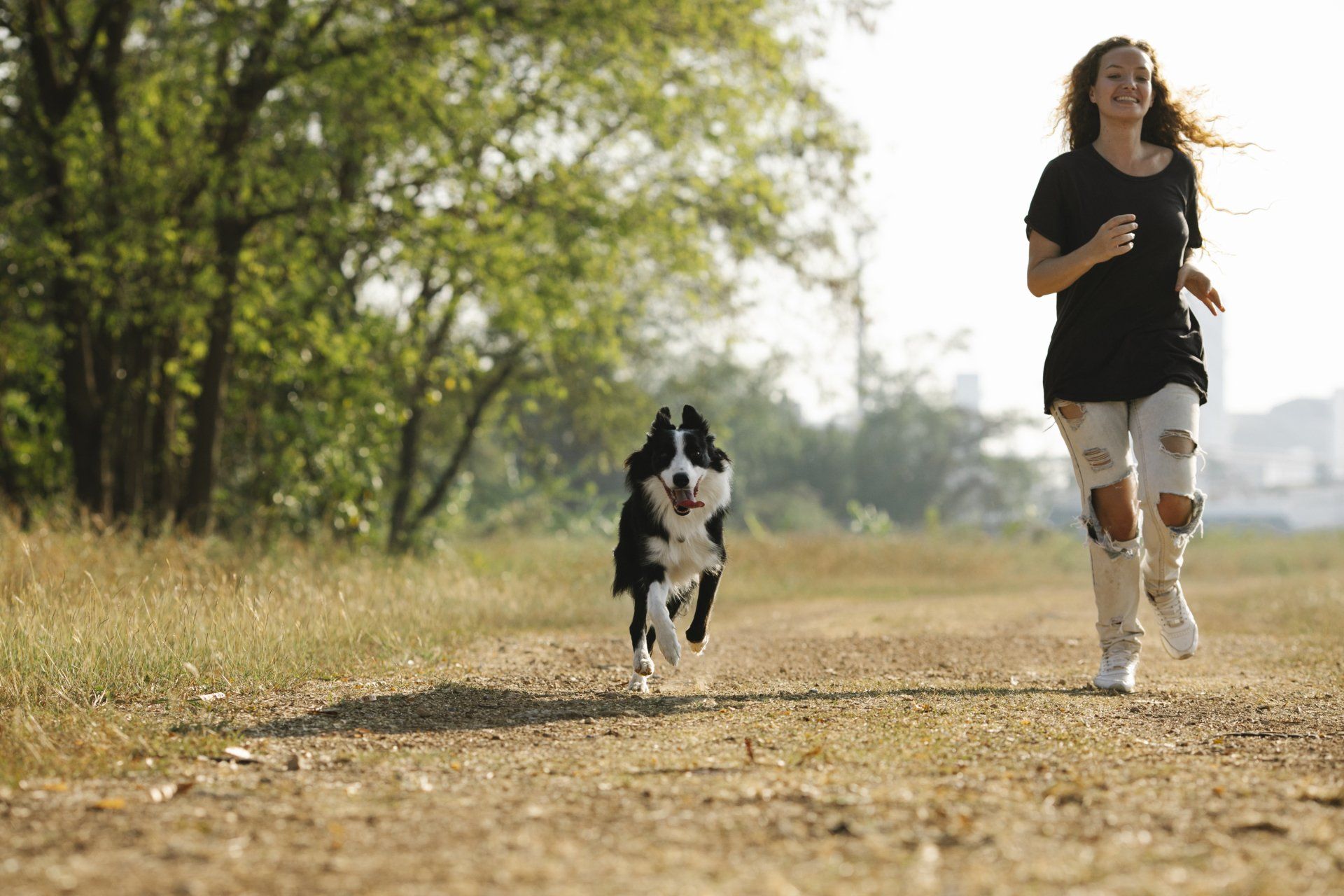Is it better to train your dog yourself?
In a world with so much information available at the drop of a hat, is it really worth working with a dog trainer?
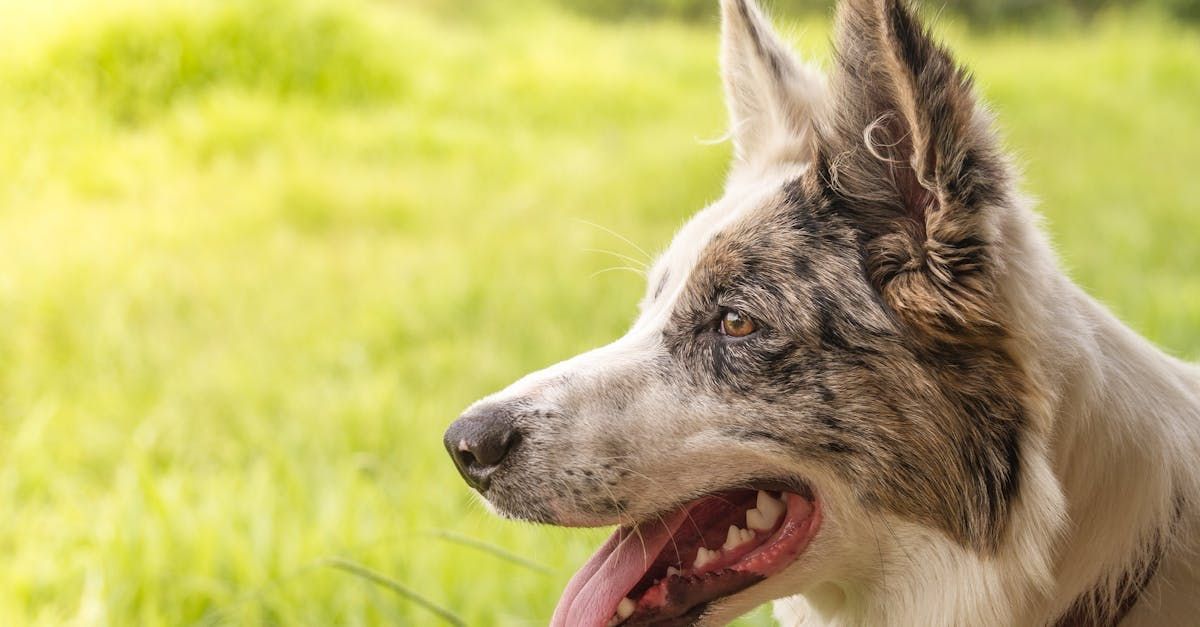
How to start training your dog:
There are so many resources out there for people who want to tackle the process of training their dog themselves. Even as a professional dog trainer who has been doing this for many years, I will utilize the resources out there to make sure I am "in the know" on new training studies and how best to help my clients.
YouTube, is of course one of the most well known resources out there (you can subscribe to our page here). There are countless dog training organizations who will post some helpful videos to try and show you how to work on different aspects with training your dog. From the most fundamental lessons with a new puppy, to a bit more advanced work dealing with aggression, the help is there if you look hard enough.
So why would I, a dog trainer, be telling you this? After all, my business depends on helping people with their dogs! The answer? I know I can't physically help every single dog out there, no trainer can.
But, I want to help as many dogs as I possibly can. So whether that's working with individuals and their dogs, or providing and sharing resources for those I'm unable to work with for whatever reason, the goal is the same: help keep dogs with their families and help get dogs out of shelters into forever homes.
What should you expect with self training?
Lets face it, learning to work with dogs is just like learning any other skill/trade. It takes time, it takes dedication, it takes passion, and it takes effort. One thing I tell all of my clients is to put in the time each and every day practicing with their dog. No matter how tired you are, or how busy your day was, some time is better than NO time!
A little backstory on me, I grew up being in band and choir in school. In the fifth grade I learned to play the trombone (the one that looks like a huge trumpet and has the slide ;) Did I sound fantastic when I first picked up that instrument? Absolutely not! I can't believe my parents were able to put up with all the noise. But, I practiced and I tried to do it every single day. Did I always hit that goal? No. And there was a noticeable difference in my abilities when I practiced consistently and when I did not.
Training your dog is going to be like learning the trombone. Especially if you opt to do it yourself. When there isn't a trainer (or band director in the case of my younger self) the motivation to continue to work at it can be very difficult to maintain. Especially if things aren't progressing the way you hope and you start to get discouraged. So you need to expect yourself to be tested!
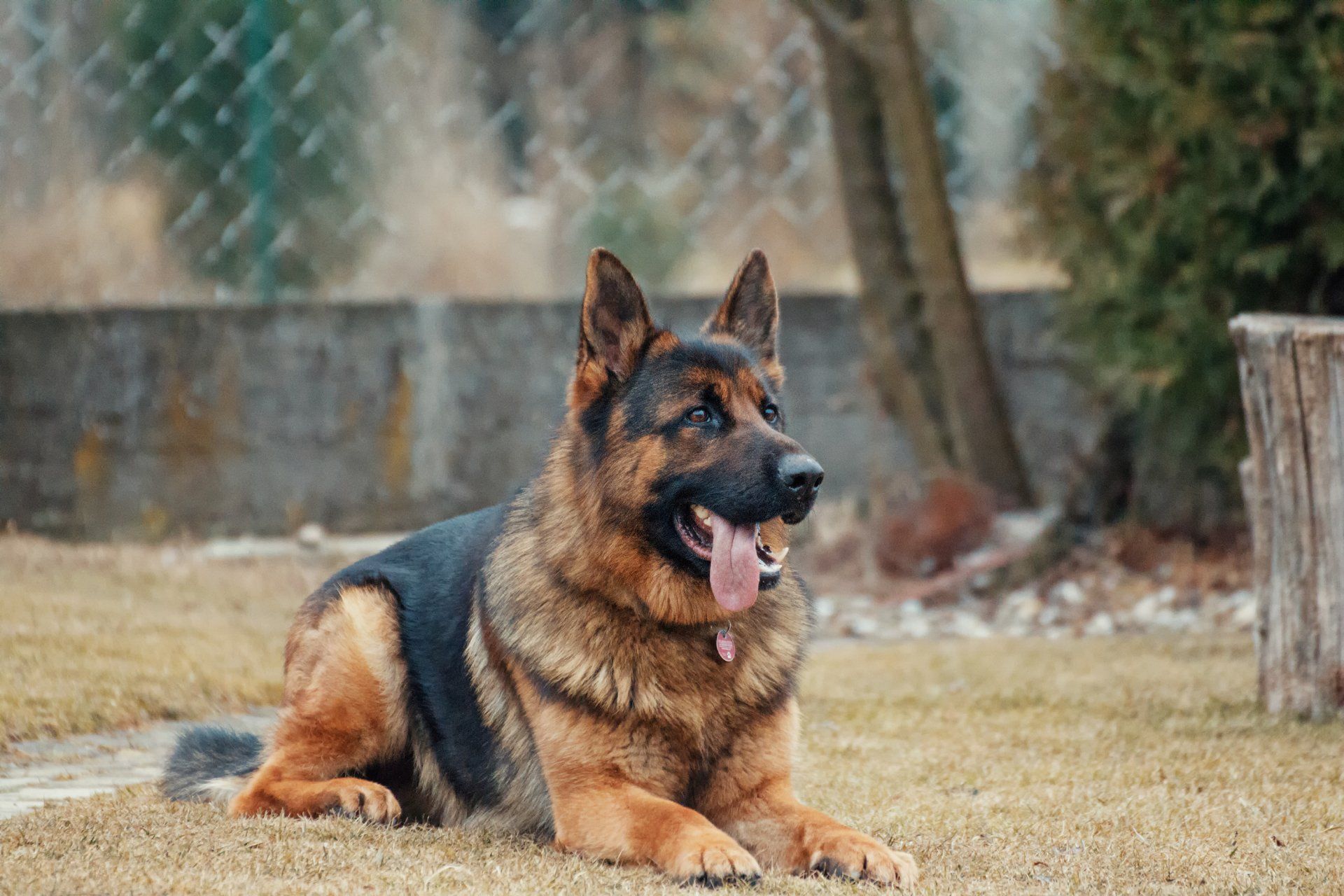
All I'm I saying all of this to discourage you before you even begin? No! I want to make sure you have a realistic expectation before you get yourself going so you can prep and be as successful as possible. So, we talked about YouTube. Outside of YouTube, there are other resources like: Google, Redditt, TikTok, LIBRARY BOOKS, and even local animal rescues and humane societies that will put on free classes for humans to attend to learn more about working with their dog.
When should you get Professional help?
Lets make sure we get one thing straight here: IF YOU NEED TO GET HELP, YOU DID NOT FAIL. Read that again. I cannot stress enough how important it is for you to not give up if things are not improving like you hoped, or may even be getting worse. Professional dog trainers, like myself, LOVE when someone comes to us who has tried to help their dog but something just isn't clicking. To me, that shows how much you love your dog and you want the best for your dog.
It can be difficult to make the decision to get additional help after putting in so much time and effort already. But if habits aren't improving, if new behaviors are showing up, if you find yourself starting to feel burnt out working with your dog (believe me, it happens to the best of us) make the choice for YOU and your dog to work with a professional dog trainer. There is a reason why dog trainers exist. If everyone was able to train their dogs to be everything they hoped and dreamed, or were able to help their dog overcome a huge fear/anxiety etc. dog trainers wouldn't be a thing.
If everyone was able to diagnose their own medical issues and resolve them themselves, doctors would probably be few and far between. But, doctors go to school and learn to specialize in things that the typical human, like me, does not understand. They can read a situation and create a hypothesis on what the cause could be, and then start to diagnose and treat the issue. A dog trainer specializes in aspects around our canine companions that most people don't even consider.
When you work with a legitimate trainer, the most important step before diving into any solution is to meet you and your dog face to face to assess the situation with their own eyes. From there, they will look at your dogs body language, its mannerisms, focus and attentiveness, and many other things to develop the hypothesis and plan to get you to your goal.
So if you have found yourself struggling to get the improvement you need with your dog, seek out additional help. There is no shame in that, it will actually help them respect you more.
The most important thing to take away from this is that there are resources out there for you to learn and try to train your dog yourself. And then if things aren't working as you hoped, there are resources (like me) who are thrilled to have the chance to work with someone who is so dedicated to their dog and will help you be successful.

